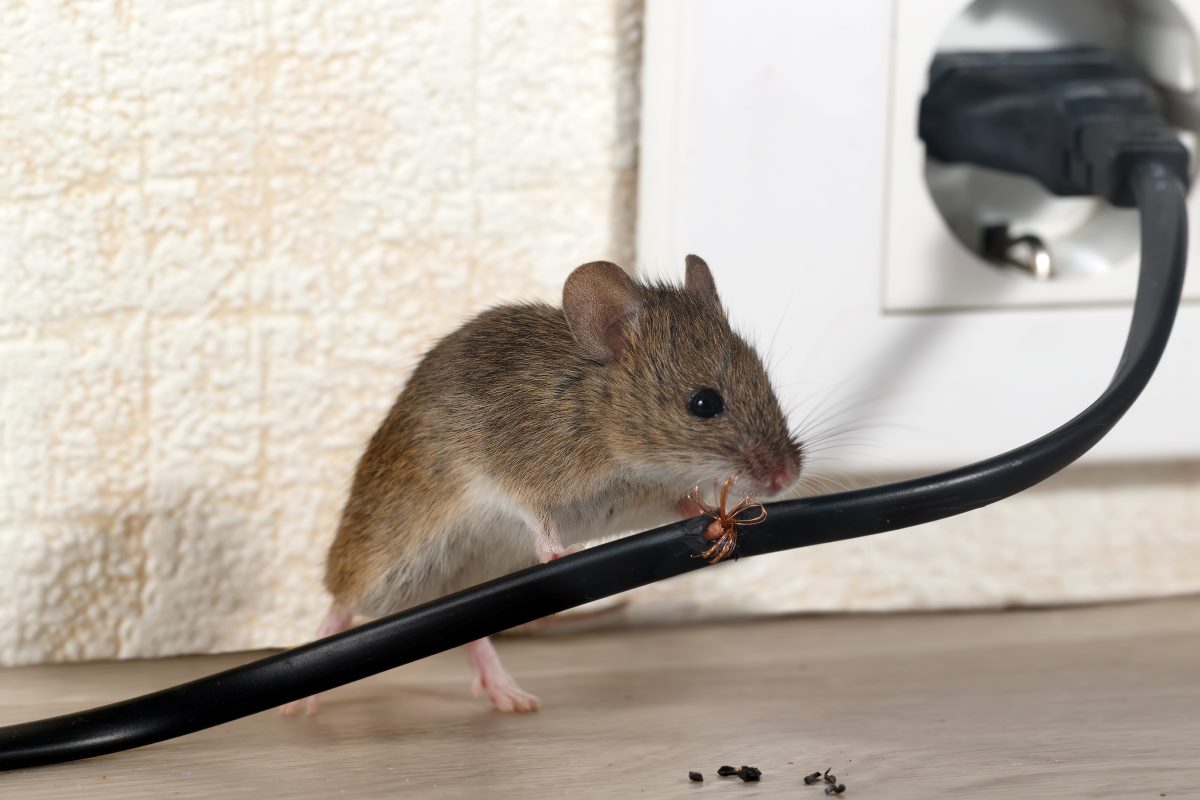Rodent Control in Meat Processing Plants: Strategies for Safety
Share
When we think of meat processing plants, a surprising topic may arise: the issue of rodent control. The presence of rodents can have disastrous effects on both the safety and quality of meat products. Thus, effective strategies for managing these unwelcome visitors are crucial for sustaining a clean and secure environment.

The Importance of Rodent Control in Meat Processing
The primary concern for meat processing facilities is to ensure that every process is carried out under highly sanitary conditions. These environments, full of food products and waste, can attract pests, particularly rodents, which are vectors of numerous diseases. It's not just about maintaining a good business reputation; it's about public health and adhering to stringent regulatory requirements. Understanding this need leads us to explore the best ways to implement rodent control strategies.
Understanding the Threat: The Impact of Rodents in Processing Plants
Rodents, like rats and mice, can cause severe contamination issues in meat processing plants. These animals carry pathogens such as Salmonella and E. coli, which can easily contaminate food products, equipment, and storage areas.
Such contamination not only risks the health of consumers but also leads to expansive financial losses due to product recalls, legal action, and damage to reputation. Moreover, rodents are known to cause structural damage, gnawing on wires and machinery, potentially leading to significant downtime and repair costs.
Strategies for Effective Rodent Control
To combat these pervasive pests, an integrated pest management (IPM) approach is often recommended. This involves a combination of preventative measures, monitoring, and control techniques that work together to effectively manage pest populations. Here are some strategies to consider:
1. Sanitation and Exclusion
The first step in preventing rodent infestations is ensuring the facility is clean and devoid of any food attractants. This involves regular cleaning schedules, proper waste disposal, and sealing entry points to deny rodents easy access to food or shelter.
2. Monitoring and Trapping
An effective strategy for rodent control involves consistent monitoring and trapping. One can utilize smart traps that alert management when a rodent is caught, allowing for quick removal and minimal disruption. Advanced technologies like AI-driven traps are also becoming popular, offering precise control over pest populations.
3. Professional Pest Control Services
Hiring professional pest control services is often a necessity. Professionals have access to commercial-grade tools and their experience ensures that infested areas are thoroughly treated. Pest control services also offer routine inspections to identify potential risks before an infestation takes place.
Compliance with Safety and Health Regulations
Meat processing plants must comply with both local and international food safety protocols to ensure that their products are free from contamination. Regular audits and documentation of pest control measures help processors maintain stringent standards. Developing a comprehensive pest management plan involves collaboration with intelligent trapping methods, aligning with regulatory compliance requirements.
Innovative Solutions and Modern Technologies
The pest control industry has seen an influx of modern technologies that offer innovative solutions to age-old problems. AI-driven dashboards and sensors now assist in real-time monitoring of rodent activity, allowing for data-driven decision-making. These technologies are part of a larger trend towards automated facilities where everything from processing to pest control is managed synthetically and efficiently.
For those interested in how these technologies are shaping other industries, the mouse pad article provides a detailed look at innovative pest control methods.
Conclusion: Protecting Future Food Safety
In conclusion, the key to maintaining an effective rodent control system within meat processing plants lies in a comprehensive approach. By integrating sanitation practices, advanced monitoring technologies, and professional pest control services, facilities can secure their operations against the threat of rodents. As industry standards evolve, so must our strategies for pest management, ensuring our food processing environments remain safe and healthy.
Having a proactive rodent control plan is an investment in the plant's future and demonstrates a commitment to quality and safety. For more on preventative techniques and integrated systems, visit warehousing pest solutions.

FAQs
1. Why is rodent control critical in food processing plants?
Rodent control is crucial because rodents carry disease-causing pathogens, which can contaminate food, leading to health risks for consumers and financial losses for businesses.
2. How can technology aid in controlling rodents?
Technologies like AI-driven traps and monitoring systems provide real-time data and improve the efficiency of pest management strategies, allowing for timely interventions.
3. What should be the first step in preventing rodent infestations?
Sanitation and sealing of entry points are the foundational steps in preventing rodents from gaining access to food processing areas.
This article contains affiliate links. We may earn a commission at no extra cost to you.
